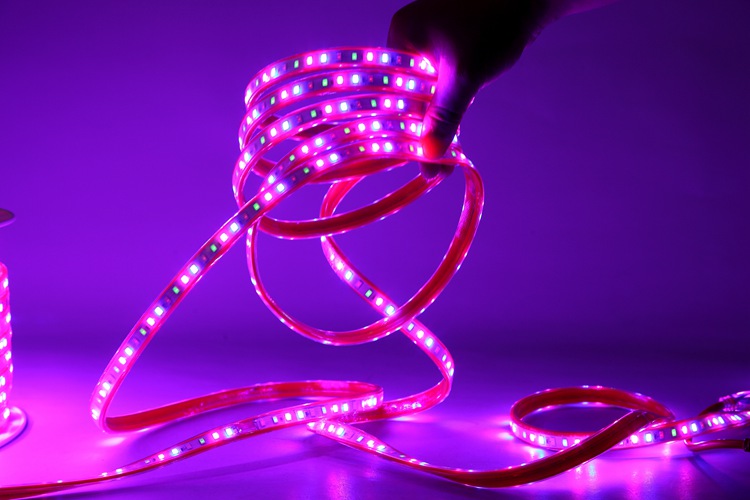
When it comes to choosing the appropriate gauge wire for a 24V led strip, several factors need to be considered, including the power consumption and length of the LED strip. Here is a general guideline:
1. Power consumption: Determine the total power consumption of the LED strip by multiplying the power consumption per meter by the total length in meters. LED strips usually have a power consumption rating specified in watts per meter (W/m). For example, if the LED strip consumes 10W/m and the total length is 5 meters, the total power consumption would be 10W/m x 5m = 50W.
2. Current: Calculate the current flowing through the LED strip by dividing the total power consumption by the voltage of the strip. In this case, if the LED strip operates at 24V, the current would be 50W/24V = 2.08A.

3. Wire gauge: Refer to a wire gauge chart to determine the appropriate wire gauge based on the current calculated in the previous step. The wire gauge is measured in American Wire Gauge (AWG), with smaller numbers representing thicker wires capable of carrying higher currents. Consider using a gauge that can handle at least the calculated current with an appropriate safety margin. For example, a 14 AWG wire is often suitable for currents up to 15A.
4. Distance: If the LED strip is located far away from the power source, the wire resistance may cause a voltage drop. To mitigate this issue, consider choosing a slightly larger wire gauge to compensate for the distance. There are online calculators available to help determine the proper wire gauge based on the distance and current.
It is important to note that these guidelines are general recommendations, and it's always advisable to consult the manufacturer's specifications and guidelines for the specific LED strip and wire gauge recommendations. Additionally, local electrical codes and regulations may also dictate the appropriate wire gauge for safety purposes.